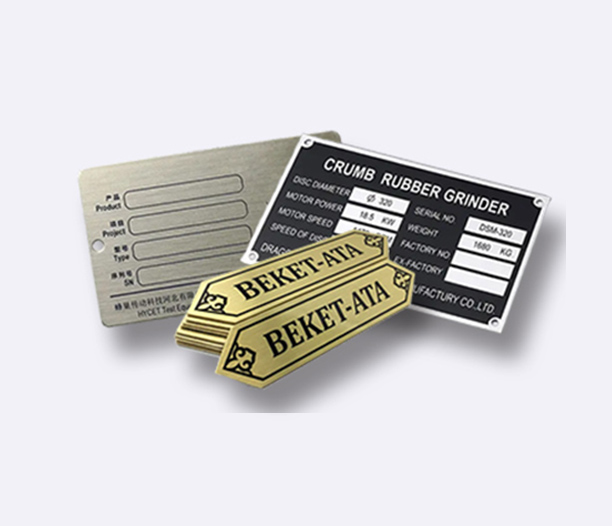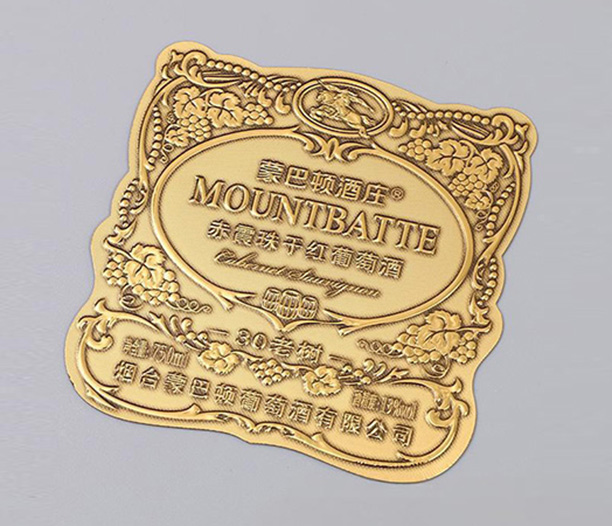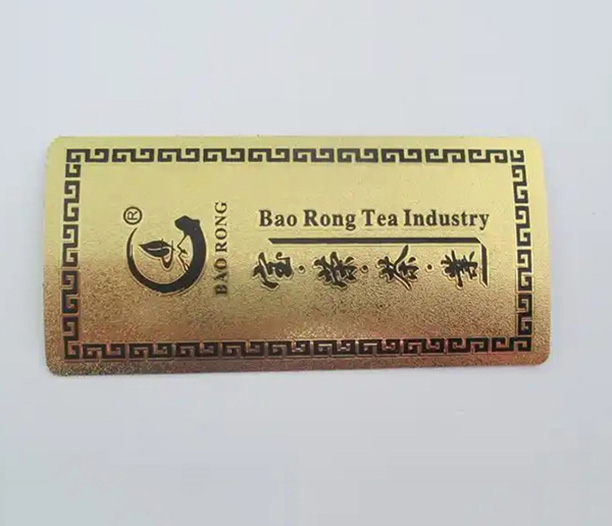Stainless steel name plates are a fundamental component in various industries, offering a blend of durability, professionalism, and aesthetic appeal. Whether used for branding, identification, or informational purposes, these plates serve critical functions in environments ranging from corporate offices to industrial settings. Their resistance to corrosion, ability to withstand harsh conditions, and sleek appearance make them a preferred choice for many applications. This article delves into the essential aspects of stainless steel name plates, highlighting their key benefits, manufacturing processes, applications, customization options, and maintenance requirements. Additionally, it addresses common questions users have when selecting and utilizing these products. By understanding these elements, you can make an informed decision that ensures longevity, functionality, and visual harmony with their intended surroundings.
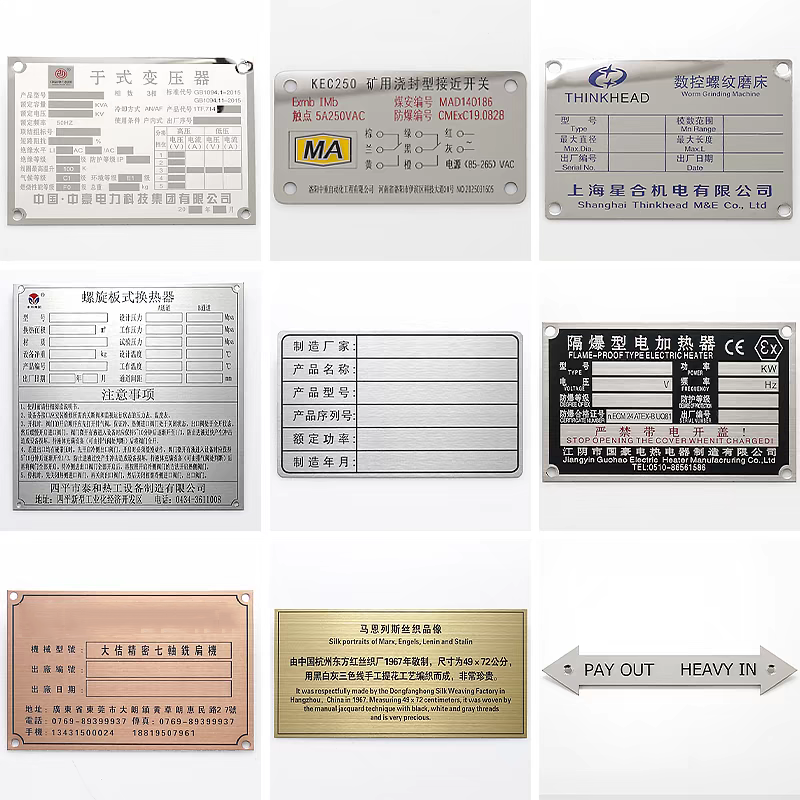
The Durability and Longevity of Stainless Steel Name Plates
One of the most significant advantages of stainless steel name plates is their exceptional durability. Crafted from alloys primarily composed of iron, carbon, and a minimum of 10.5% chromium, these plates inherently possess remarkable strength. The chromium content is crucial as it forms a passive layer of chromium oxide on the surface when exposed to oxygen. This layer is self-repairing and protects the underlying metal from rust and corrosion.
This inherent strength translates to a product that can withstand physical impact, abrasion, and constant handling without deteriorating. Unlike nameplates made from materials like plastic or aluminum, stainless steel name plates are not easily dented, scratched, or broken. This makes them ideal for high-traffic areas, outdoor installations, and industrial environments where equipment or signage might be subject to rough use or accidental contact. Their longevity ensures that once installed, they remain legible and presentable for many years, effectively reducing the need for frequent replacements and providing excellent long-term value.
Superior Corrosion Resistance for Harsh Environments
Closely linked to their durability is the superior corrosion resistance of stainless steel name plates. This property is what sets them apart in challenging environments. The protective chromium oxide layer shields the metal from a wide array of corrosive elements, including:
Moisture and Humidity: They are perfect for outdoor use, bathrooms, kitchens, and marine applications where water exposure is constant.
Chemicals and Solvents: In laboratories, factories, and processing plants, these plates resist damage from spills, cleaning agents, and industrial chemicals.
Salt Spray: Their resistance to salt-induced corrosion makes them the standard for coastal areas and maritime industries.
Extreme Temperatures: Stainless steel maintains its integrity in both high-heat and freezing-cold conditions without warping or cracking.
This resilience ensures that the information on the nameplate—be it a serial number, a brand logo, or a safety instruction—remains清晰可读 (clear and legible) throughout its lifespan, even when exposed to conditions that would quickly degrade lesser materials.
Aesthetic Appeal and Professional Presentation
Beyond pure function, stainless steel name plates offer a distinct aesthetic advantage. They project an image of quality, permanence, and professionalism. The material's naturally sleek and modern appearance lends itself well to corporate settings, lending a sense of prestige to office directories, desk nameplates, and building signage.
The aesthetic versatility is vast. Manufacturers can produce stainless steel name plates with different finishes to suit any decor or branding requirement:
Brushed (Satin) Finish: Characterized by subtle linear grains, this finish offers a sophisticated, non-reflective look that hides fingerprints and minor scratches well.
Polished (Mirror) Finish: This highly reflective, mirror-like surface provides a luxurious and high-end appearance, often used for awards and decorative plaques.
Bead Blasted Finish: Achieved by blasting the surface with fine glass beads, this creates a uniform, matte texture with a soft, contemporary feel.
Etched or Engraved Finish: Information can be etched or engraved into the surface, creating a permanent and tactile contrast that can be left as-is or filled with color.
This range of options allows businesses to choose a style that seamlessly integrates with their brand identity, from industrial ruggedness to corporate elegance.
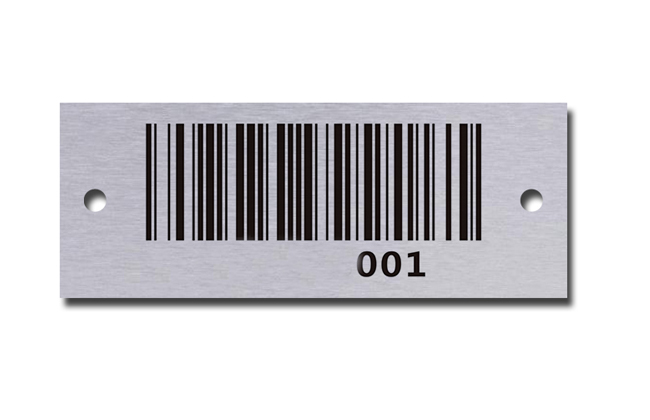
Customization and Manufacturing Techniques
The process of creating custom stainless steel name plates is precise and offers immense flexibility. Modern manufacturing techniques allow for intricate designs, various text fonts, and even detailed logos to be reproduced with high accuracy.
Key manufacturing processes include:
Photo Etching (Chemical Etching): This process uses a photoresist and etchant to chemically mill away unwanted metal. It is ideal for producing complex, delicate, and burr-free designs with tight tolerances, including thin walls and small holes.
Laser Engraving/Marking: A laser beam removes material or alters the surface finish to create high-contrast, permanent marks. It is incredibly precise and perfect for serial numbers, barcodes, QR codes, and intricate graphics. It allows for rapid prototyping and changes without the cost of new tooling.
Screen Printing: This is a popular method for adding color to nameplates. Ink is forced through a fine mesh screen onto the surface. After printing, a protective epoxy coating is often applied to ensure the print remains durable and resistant to fading, scratching, and chemicals.
Stamping: For very thick plates or simple, bold text, metal stamping uses a die to physically press characters into the metal. This creates a deep, raised, or debossed effect that is highly durable.
These techniques can be used individually or in combination to create a unique stainless steel name plate that meets exact specifications for content, size, thickness, and appearance.
Diverse Applications Across Industries
The combination of durability, corrosion resistance, and aesthetics makes stainless steel name plates suitable for a virtually endless list of applications across numerous sectors.
Corporate and Commercial: Office door plaques, desk name tags, corporate award plaques, interior and exterior building signage, and directory boards.
Industrial and Manufacturing: Equipment identification plates, data plates with serial and model numbers, safety instruction labels, valve tags, and control panel labels.
Medical and Laboratory: Instrument identification, sterilization tags, equipment labels, and patient information plates due to the material's ability to withstand harsh disinfectants and autoclaving.
Marine and Automotive: Harsh environmental conditions in boats, ships, and vehicles require the robust protection offered by stainless steel for component IDs, VIN plates, and branding.
Public Infrastructure and Memorials: Park signage, historical markers, and memorial plaques benefit from the material's ability to endure decades of weather and vandalism.
This wide applicability underscores the fundamental role these nameplates play in organization, safety, and information dissemination.
Common Questions About Stainless Steel Name Plates
Q1: What is the difference between Grade 304 and Grade 316 stainless steel for name plates?
A: Grade 304 is the most common and versatile austenitic stainless steel. It offers excellent corrosion resistance for most environments. Grade 316 contains molybdenum, which significantly enhances its resistance to chlorides and acids, making it the "marine-grade" stainless ideal for coastal areas, chemical processing plants, and other highly corrosive settings.
Q2: How are stainless steel name plates typically attached or mounted?
A: Attachment methods vary based on the application and surface. Common methods include:
Adhesive Backing: High-performance industrial-strength double-sided tape (e.g., VHB tape) offers a clean, drill-free installation on smooth surfaces.
Holes for Screws/Rivets: For a permanent and secure mount, especially on machinery or outdoor fixtures, plates can be pre-drilled with holes for screws, bolts, or rivets.
Stand-Offs: These are decorative spacers that use a threaded rod to mount the plate away from the wall, creating a dramatic, floating effect for architectural signage.
Q3: Can the text and logos on these nameplates wear off over time?
A: When manufactured correctly, the marking is permanent. Techniques like deep etching, laser engraving, or stamped characters physically alter the metal surface and cannot wear off. Printed colors, if protected with a durable epoxy topcoat, are highly resistant to UV fading, abrasion, and chemicals.
Q4: How do I clean and maintain my stainless steel name plate?
A: For routine cleaning, use a soft cloth with warm water and a mild detergent. For tougher grime or fingerprints, a dedicated stainless steel cleaner can be used. Always wipe in the direction of the grain (especially on brushed finishes) and avoid abrasive pads or harsh chemicals like bleach, which can damage the protective oxide layer.
Q5: Are there options for adding color to a stainless steel name plate?
A: Yes, color is commonly added through two main processes:
Screen Printing: As described earlier, this allows for multiple colors to be applied to the surface.
Fill Paint: For etched or engraved areas, a special durable paint can be used to fill the recesses, creating a high-contrast, colorful appearance. The excess paint is then wiped away, leaving color only in the engraved areas.
Stainless steel name plates represent a synergy of form and function. Their unmatched durability, corrosion resistance, and professional aesthetic make them a superior choice for any application where longevity and clarity of information are paramount. From guiding visitors in a corporate lobby to ensuring safety in a manufacturing plant, these plates perform a critical role. By understanding the available options in terms of grade, finish, manufacturing process, and mounting, you can select the perfect stainless steel name plates to meet your specific needs, ensuring they serve their purpose effectively and attractively for years to come.



